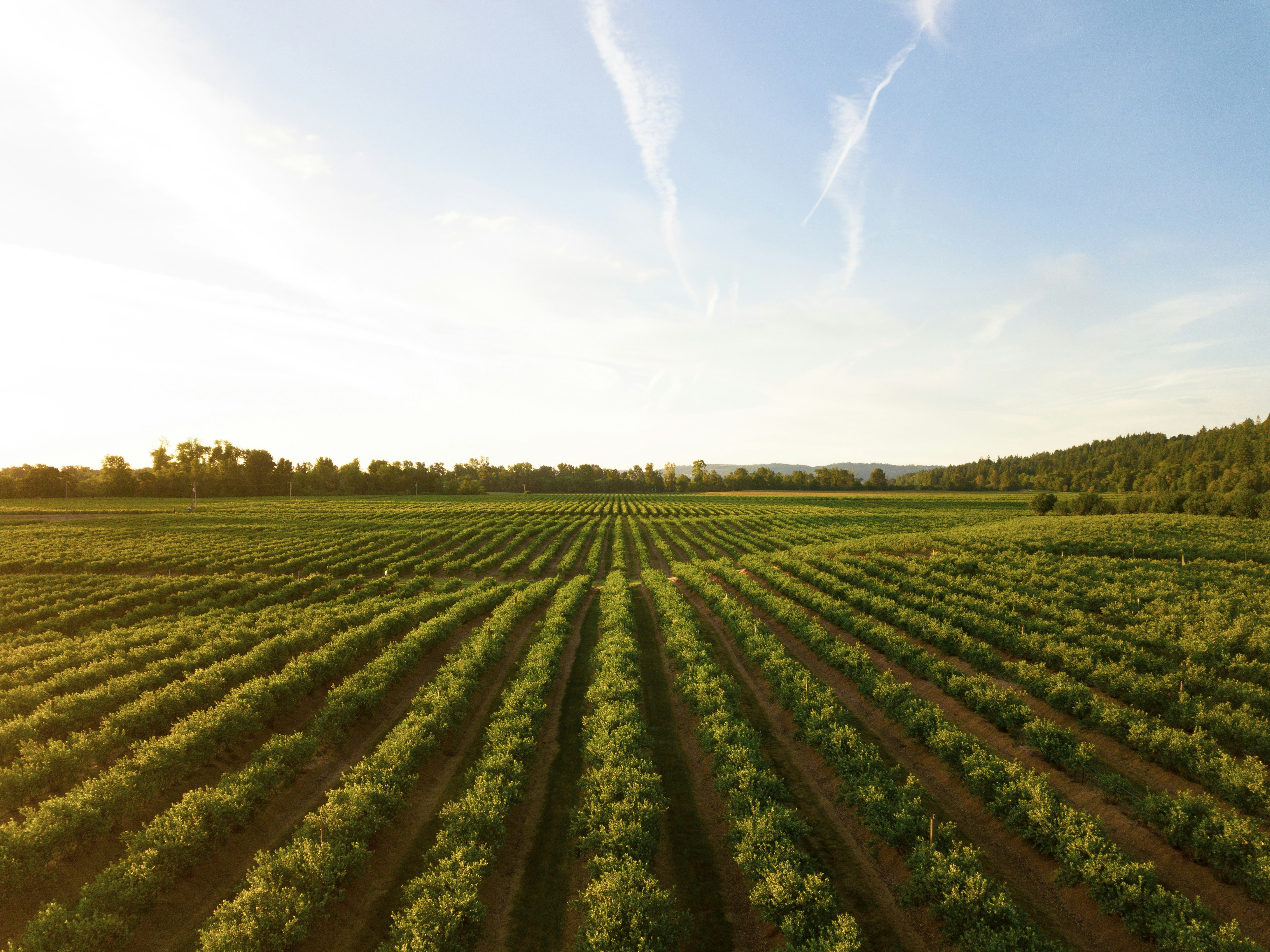Farm Carbon Credits: A Practical Guide for Farmers
Others

Farm carbon credits reward agricultural practices that reduce or sequester greenhouse gas (GHG) emissions. By adopting sustainable farming methods, farmers can earn credits to sell on the carbon market, providing a new revenue stream while contributing to global climate goals.
Farm Credit Opportunities
Credit Market Basics
The carbon market connects credit buyers with farmers implementing GHG-reducing practices. These markets offer opportunities for farmers to monetize their environmental efforts. Learn more in our Carbon Credits Guide.
Soil Carbon Storage
Soil can act as a powerful carbon sink when managed properly. Practices like no-till farming, cover cropping, and organic amendments enhance soil carbon storage, creating valuable credits.
Livestock Methane Reduction
Livestock operations can reduce methane emissions through dietary changes, waste management improvements, and the use of methane-capturing technology. These initiatives help lower emissions while generating farm carbon credits.
Biomass for Energy
Biomass projects convert agricultural residues into energy, reducing waste and providing renewable energy solutions. This not only diversifies farm income but also contributes to the generation of renewable energy credits. Explore more in our Renewable Energy Credits guide.
Implementation Steps
Baseline Assessment
Start by assessing your farm’s current GHG emissions and carbon sequestration potential. Tools and consultants can help establish a baseline against which improvements are measured.
Practice Changes Needed
Implement sustainable practices such as improved manure management, precision agriculture, or reforestation. Tailor changes to your farm’s specific operations and goals.
Monitoring Requirements
Accurate monitoring and reporting are critical for earning credits. Use technology like sensors and software to track emissions reductions and carbon storage over time.
Forest Integration Options
Integrating forested areas into your farm can boost carbon sequestration and provide additional revenue opportunities through forest carbon credits. Learn more in our Forest Carbon Credits guide.
Cost and Returns
Setup Investments
Initial costs include assessments, equipment upgrades, and potential changes to farming practices. These investments are critical for long-term returns.
Ongoing Costs
Monitoring, certification, and maintenance require ongoing expenses. However, these costs are often outweighed by the revenue from selling credits.
Revenue Potential
Farmers can earn significant revenue by participating in carbon credit programs. The exact value depends on market prices and the scale of GHG reductions.
Trading Your Credits
Carbon credits can be traded on specialized platforms that ensure transparency and fair pricing. Explore how blockchain can enhance trading efficiency in our Blockchain Carbon Credits guide.
Real Farm Examples
Small Farm Case Studies
A small dairy farm reduced methane emissions by improving manure management, earning credits that added 10% to its annual revenue.
Large Operation Results
A large-scale grain farm adopted no-till practices and cover cropping, sequestering significant carbon and generating over $50,000 annually from credits.
Mixed Farming Success
A mixed livestock and crop farm implemented rotational grazing and biochar application, reducing emissions while improving soil health and creating diverse credit streams.
Key Learning Points
- Start with small, manageable changes.
- Leverage available technologies for monitoring.
- Engage with certification bodies early to ensure compliance.
- Partner with credit buyers for long-term profitability.
Farm carbon credits present a promising opportunity for farmers to enhance sustainability while unlocking new revenue streams. Begin your journey today to make a positive impact on your farm and the planet.
Ready to learn more with Fairatmos? Let’s create impactful climate solutions together—visit Fairatmos to get started today! Stay tuned on for more knowledge through our insight page!

